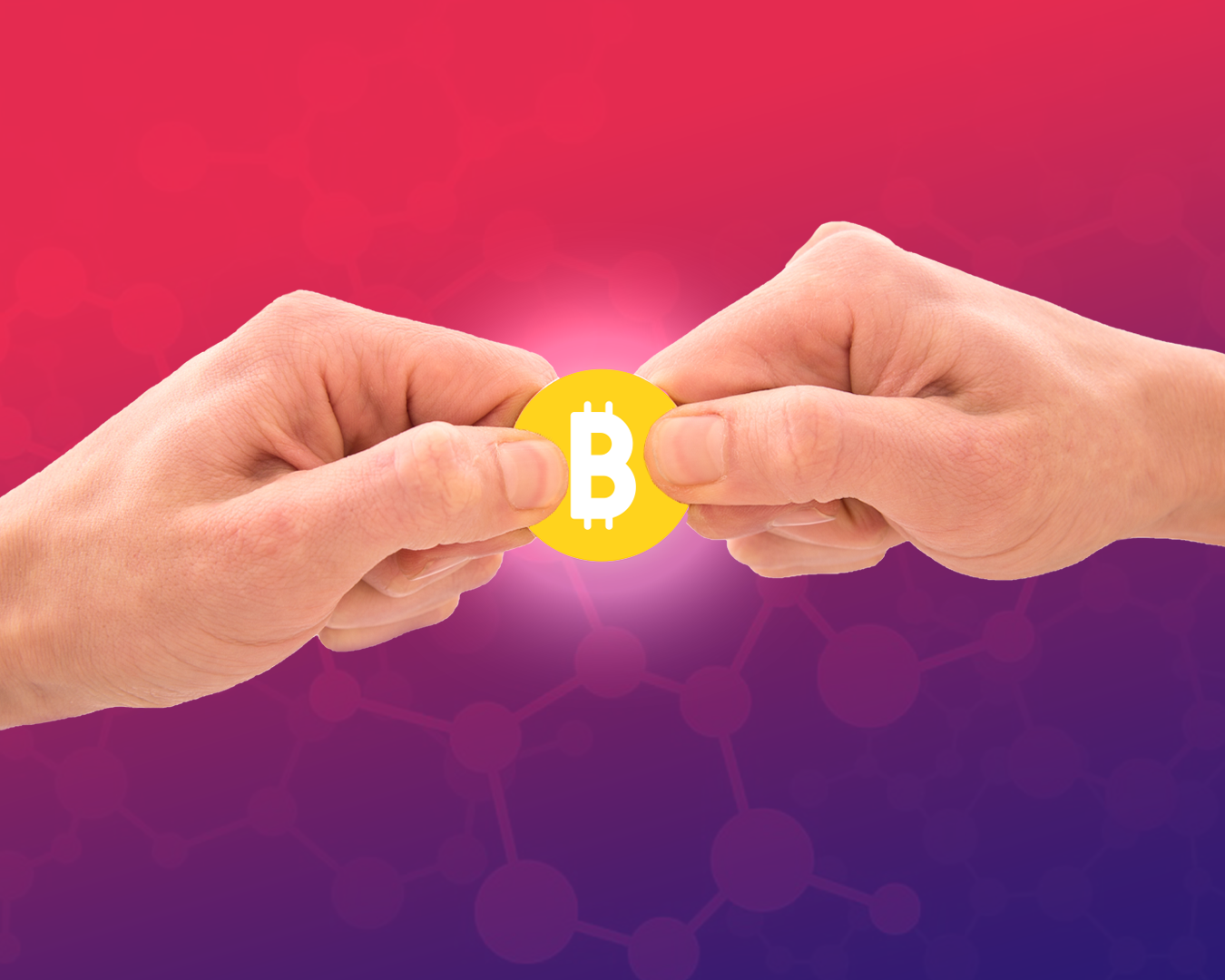Once you start to understand how Bitcoin works, it’s inevitable to wonder how blockchain prevents double spending of Bitcoin. As it is an automated, decentralized entity, who can know for sure that one of the 18.5 million BTC in circulation isn’t being used over and over again. We’ve set out to unbust the myth and explain in detail how the Bitcoin blockchain overcame this problem.
Double Spending Of Bitcoin vs Fiat
With fiat currencies, whether physical or electronic, there is a centralized organization behind them. These organisations are responsible for printing, verifying, and often transferring the money throughout the country. When a transaction takes place through an electronic funds transfer (EFT) the bank is responsible for ensuring that the money leaving the account was firstly there to begin with, and then oversees the smooth operation of said funds reaching their destination. When using physical cash, the vendor accepting your money will invariably check that it is not a counterfeit and either accept or reject the transaction in real time.
However, the same cannot be said about Bitcoin. There is no central bank involved, there is no face-to-face exchange of value, and for the most part, Bitcoin is merely a few lines of code being transmitted across the internet. How is anyone to know that the Bitcoin being sent or received is trustworthy and is not being used time and time again? The answer lies in the intricate web of Blockchain, let’s take a deeper look.
Blockchain’s Establishment
Since the original inception of blockchain in 1991, while the immutable and transparent transfer of data elements of blockchain were entrenched, double spending (sharing in this case) was a great concern. Initially the protocol was used to transfer files (.,ki7as opposed to value), but when developers set out to optimise blockchain as a value system, this was a red flag.
When Hal Finney created the closest predecessor of Bitcoin in 2004, he tackled this issue head on. Finney created a way to ensure that the decentralized community verifying the transactions could detect a problem before it entered the blockchain. This concept was materialised through the “proof-of-work” system.
How Does Bitcoin Solve The Double Spending Problem
The proof-of-work (PoW) consensus, as it is used in Bitcoin and other cryptocurrencies today, centres around miners verifying a transaction through solving a cryptographic puzzle, and whoever completes the puzzle first gets rewarded with BTC.
Each time a transaction is approved, it gets put into a block and once the full 1 MB (roughly 3,000 transactions) of data is confirmed, the block is added to the Bitcoin blockchain. The value will then be transferred and users will see their transactions were successful.
These blocks each contain two hashes, one representing the last block on the blockchain, and the other identifying that block’s hash. Hashes are fingerprints to blocks, with each block on the blockchain having a unique hash.
If a block were to be entered into the blockchain with an irregular hash (i.e. not the hash of the previous block) the network will reject that block and it will not be included in the blockchain.
PoW helps to achieve consensus within the miners of the Bitcoin mining community, and ensures that the blockchain is always correct.
What Happens When Bitcoins Are Double Spent
A common question is what would happen if a Bitcoin were double spent. Let’s say you were looking to buy something online with 1 BTC (great choice) and went ahead with the payment. Unbeknown to you, a hacker got access to your Bitcoin wallet and has also spent the 1 BTC to purchase something else.
Both these transactions will be verified by the miners, and the latter will be rejected. As there is no central organisation to complain or report fraud to, this BTC will be gone forever (from your possession, if you fell into the latter).
How do vendors ensure that they’re not selling to someone double spending Bitcoin? Each time a transaction is verified on the blockchain and enters a block, it gains one confirmation. For each block that is entered on the blockchain after that, it receives one more confirmation.
It is advised for vendors to wait for 6 confirmations before releasing the goods. If someone was to try to change this, they would have to go back and reverse all the transactions in the 6 blocks, which in industry terms is referred to as “computationally impossible.”
There are several other ways in which double spending of Bitcoins can take place. One is if a hacker manages to gain over 50% control of the hash rate (highly unlikely), another is known as a “Finney attach” and is if a miner mines a block but instead of broadcasting it to the network spends it elsewhere (in which case the payment will be null and void).
How does blockchain prevent double spending? It’s best mechanism is that all transactions on the blockchain are final and irreversible, ensuring that no BTC can ever be used twice.
How Blockchain Prevents Double Spending of Bitcoins
Now that we’ve run you through the mechanisms in place to prevent the double spending of Bitcoins, we hope that you have learnt at least one thing: secure your wallets. As the saying goes, “not your keys, not your coins”. Another take away from this myth busting article is the appreciation for the intricate and wonderfully functional world of blockchain technology, and how crypto is truly a revolutionary asset.
_________________________________________________________
Oobit Technologies Pte, 50 Raffles Place #37-00 Singapore Land Tower, Singapore (048623). is a company registered in Singapore (no:201716443G), that has been approved as Appointed Representative of Oobit Technologies OÜ, Harju maakond, Tallinn, Lasnamäe linnaosa, Väike-Paala tn 2, 11415, (no: 14852617 ). Which is authorized and regulated by the FIU (no: FVR001421 and FRK001304).
